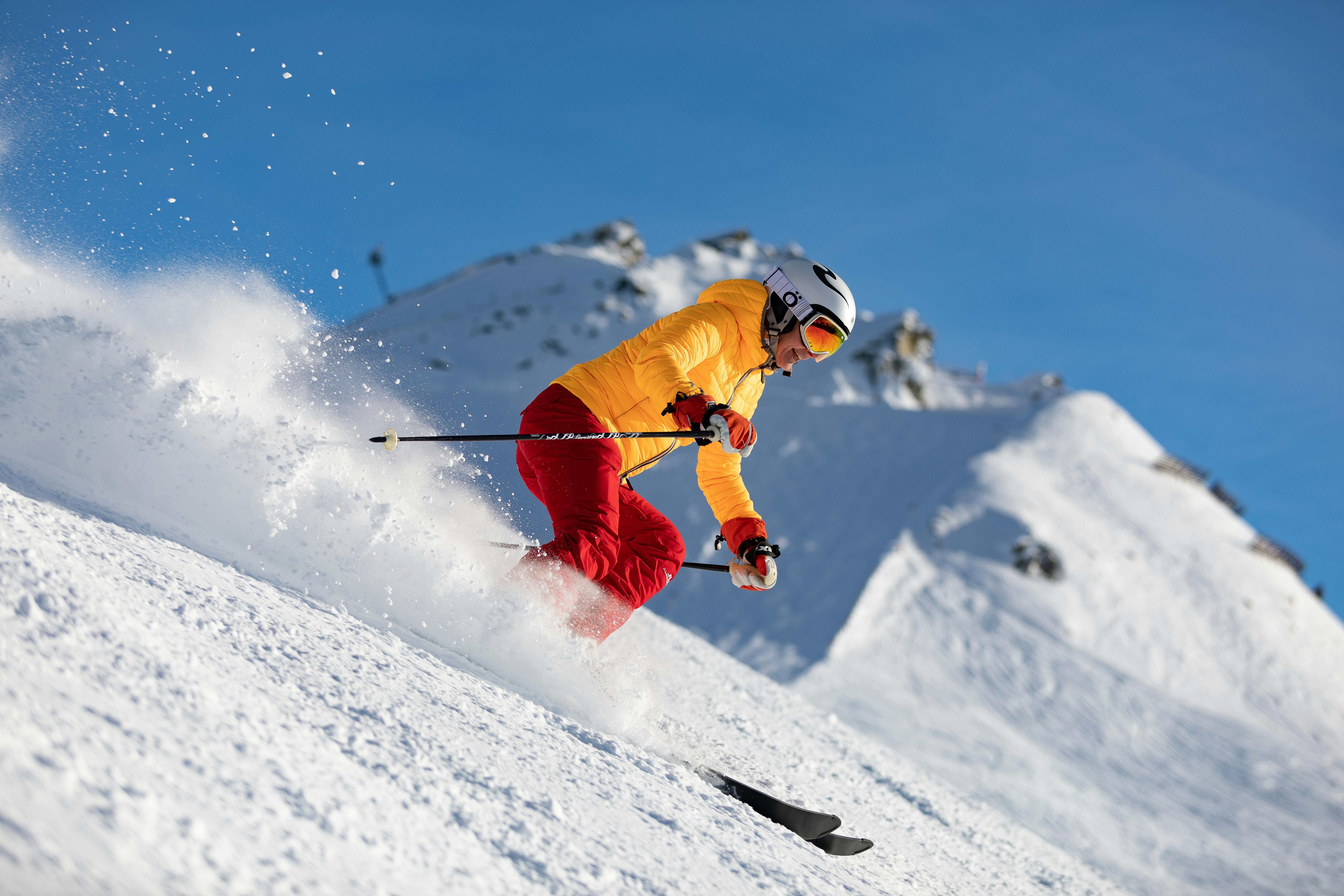Ski: Essential Guide to Skiing, Snow, and Equipment
Skiing brings together movement, environment, and gear in a way that attracts people to mountains each winter. Whether you picture groomed runs, powder fields, or backcountry lines, skiing requires basic knowledge of technique, equipment, and conditions to stay safe and enjoy the experience. This guide covers core ideas about skiing, how snow and winter weather affect trips, what ski equipment matters, and how mountain terrain shapes choices.

What is skiing and how does it work?
Skiing is a sport and mode of travel that uses skis attached to boots to glide over snow. It relies on balance, edge control, and weight distribution to turn and stop. Different styles—alpine (downhill), Nordic (cross-country), and freestyle—use distinct techniques and equipment. Learning to ski typically begins with basic stance, stopping (snowplow), and basic turns before progressing to linked parallel turns and carving. Instruction and practice accelerate skill development while reducing risk.
How does snow affect ski performance?
Snow type and condition greatly influence how skis feel and perform. Fresh powder offers buoyancy and softer landings but requires wider skis and different technique. Packed or icy snow provides faster, firmer surfaces that need precise edge control and sharper edges on ski equipment. Variable snow—corn, crust, or slush—demands adaptability. Checking recent snowfall, temperature trends, and slope grooming reports helps skiers choose appropriate skis and tune settings like binding release values and edge maintenance.
How should winter planning and safety be handled?
Winter planning covers weather, avalanche risk, and personal readiness. Monitor forecasts and avalanche advisories for the mountains you’ll visit, and adjust plans when storms or warm spells change conditions. Dress in layers for temperature control, carry navigation and communication tools, and know basic first-aid. For backcountry skiing, take avalanche training, carry beacon, probe, and shovel, and travel with partners who know rescue procedures. Even on groomed slopes, exposure to cold, wind, and changing visibility makes conservative decision-making important.
What ski equipment do beginners and regular skiers need?
Ski equipment basics include skis, boots, bindings, poles, helmet, and appropriate clothing. Beginners often benefit from softer-flexing skis that are easier to turn; intermediate and advanced skiers select length, width, and camber to match terrain preference. Boots must fit properly to transfer control; bindings should be mounted and adjusted by a technician. Helmets and goggles protect against impact and glare; layered clothing and waterproof outer shells manage cold and moisture. Regular maintenance—waxing and edge sharpening—keeps gear performing well.
How do mountains shape the skiing experience?
Mountains determine the type of skiing available and the required skills. Steep alpine resorts provide lift-accessed runs with groomed trails and park zones, while gentler ranges offer long cross-country routes and tree skiing. Elevation affects snowpack stability and oxygen levels—higher elevations often hold drier powder but may require acclimatization. Topography such as bowls, ridgelines, and treed glades creates microclimates; choosing the right slope aspect and time of day can mean the difference between firm, icy conditions and soft, sun-warmed snow.
Conclusion
Skiing combines physical skill, gear choices, and environmental awareness. Understanding how skiing techniques interact with snow, how winter weather changes conditions, and what ski equipment supports your goals will lead to safer, more enjoyable outings in the mountains. Whether starting with lessons on gentle slopes or advancing to varied terrain, prioritizing proper equipment fit, ongoing maintenance, and situational awareness helps you make the most of each winter season.






